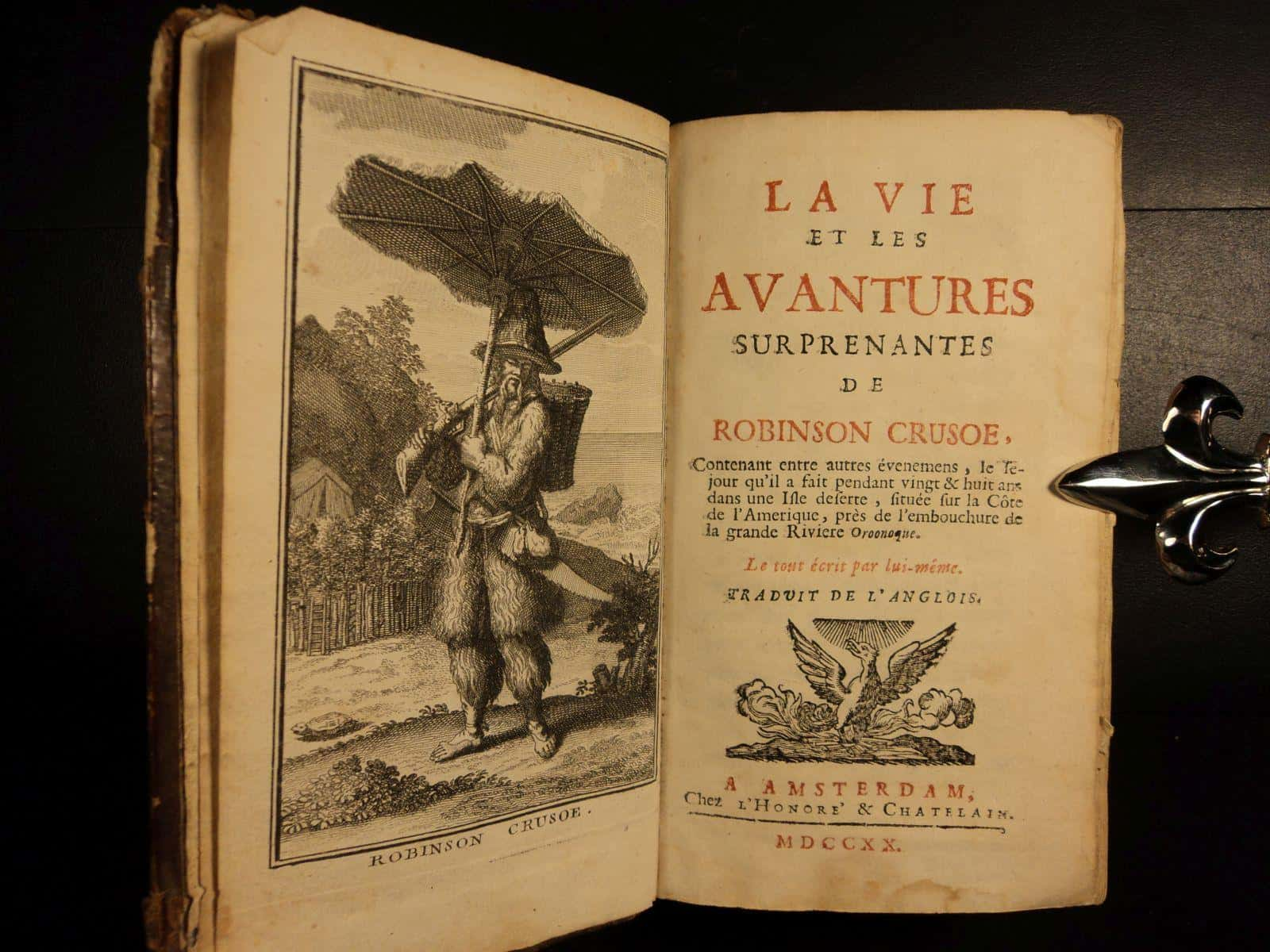“Little by little, the old world crumbled, and not once did the king imagine that some of the pieces might fall on him.”—Jennifer Donnelly, Revolution.
King Louis XVI of France. Citizen Louis Capet. Cat Killer. Cuckold. Throughout his 38 years of life, the so-called last King of France (at least before the 18th century French Revolution) went by many names. History casts him as a passive king—a plump and nerdy bystander to inequality who didn’t wake up to his subjects’ struggles until it was too late. The French Revolution needed him to be a bloated symbol of a despotic monarchy. Royalists needed him to be a well-meaning martyr for the divine rights of kings—which he became on January 21 1793. At the end of the day, it looks like all Louis 16 wanted to do was build locks and be a perfectly mediocre king. Maybe in a less intense time, this would have been enough. But it wasn’t.
Was the last Bourbon King of France really that bumbling? What were his controversial politics leading up to the Reign of Terror? Was he really that bad in bed to Marie Antoinette? Let’s sharpen that guillotine and learn for ourselves with these 42 royal facts about King Louis XVI of France.
Louis XVI Facts
1. So Close Yet So Far
Before he was King Louis XVI, he was “Louis-Auguste”—just one of many Louis’ to go around. Born on August 23, 1754, during his grandfather Louis XV's reign, back when the monarchy was going strong. His father was the king’s son Prince Louis, Dauphin of France, and his mother was Maria Josepha of Saxony. The second son of seven children, he was frequently overlooked by his family, but he gained the sweet title of “Duc de Berry” upon his birth.
 Youtube
Youtube
2. A Monarchy of Louis'
Louis XVI’s parents actually had a favorite child—his older brother, Louis Xavier. However, Louis-Xavier died of tuberculosis in December 1761 when he was just 10 years old. Their father, Prince Louis, would also die just four years later, leaving our Louise-Auguste as his grandfather’s heir at just age 11. Still keeping your Louis’ straight?
3. Living to Learn
Louis’s passion for locksmithing was apparent from an early age. He was a lifelong nerd who excelled in scholarly subjects from history to geography and astronomy. He was also fluent in Latin, Italian, and even English.
4. Junior Varsity at Versailles
Despite the historic image of Louis as a weak and incapable leader, the future King of France did enjoy physical sports such as hunting with his grandfather and wrestling with his brothers.
 Pinterest
Pinterest
5. A Royal Miseducation
Louis’s indecisive personality might have been shaped by the oppressive school form this education took under the “governor of the Children of France,” the Duke of La Vauguyon. In addition to a strong moral education, Louis learned that timidity was a virtue in strong leaders and his priest told him that not sharing his thoughts was a good habit to cultivate. These habits made Louis a chill guy, but they weren’t exactly the ideal communication skills needed for a king.
6. France Didn’t Ship It
Louis became a married man early—in 1770 he married Marie Antoinette, his 14-year-old second cousin once removed, when he was just 15 himself. However, the French people hardly the union considered something to celebrate. The Austrian alliance had pulled France into the unpopular Seven Years’ War, which led to France’s humiliating defeat by the British and Prussians. The marriage to an Austrian princess was not a welcome reminder.
 Pinterest
Pinterest
7. Taking Their Time
Officially, Louis and Marie Antoinette didn’t consummate their match until three years after their marriage. At least, that’s what’s reported. It’s more likely that they didn’t actually have sex until 1777—a whole seven years after they wed.
8. A Matter of Bed and State
The infertility (for whatever reason) of Louis and his wife was a target of public satire. Pamphlets called “libelles” mocked their woes, asking “Can the King do it? Can’t the King do it?”
9. Call Doctor House
Why did it take so long for Louis to “do the royal duty” with Marie Antoinette? Unlike Louis, the question still stands. In 1772, doctors suggested that the King of France suffered from phimosis—a medical condition that renders male arousal a painful experience. While doctors recommended surgery, it’s doubtful they actually performed any procedure, due to the risk.
10. A Little Help From My Bro
While medical reasons might have caused his bedroom issues, Louis’s performance woes were perhaps also rooted in a simple lack of sex-ed. In 1777, shortly before the consummation, Marie Antoinette’s brother, Joseph II of the Holy Roman Empire, came to visit the Palace of Versailles. In his journal, Joseph described his sister and brother-in-law as “complete fumblers” when it came to sex, and how he advised Louis to “apply himself” more. Apparently, his advice worked, as Marie Antoinette immediately got pregnant.
11. Fostering Tragedy
In 1787, Louis adopted a Senegalese slave boy named Jean Amilcar. Louis “gifted” the boy to Marie Antoinette, who insisted he instead be freed and adopted by the family—after being baptized as a Catholic, of course. Amilcar never actually lived with the royal family, unlike the three white adopted children of Louis and Marie Antoinette, but the queen still paid for his upbringing.
However, Amilcar’s fate after the French Revolution proved bleak. When his boarding school fees could no longer be paid after his adoptive parents were executed, they through Amilcar out into the streets where he reportedly starved to death.
12. Heir to Dishonor
In 1774 Louis XVI inherited the throne, when he was 19 years old. And like many college-age students, he was an idealist with many policy goals for the monarchy. In his role as king, his aspirations were centered on religious freedom, foreign policy, and being loved by the people. While Louis had a fine education, most agreed he lacked the decisive personality to rule.
This was not good news for a country with swelling national debt and a resentment against “despots”—two things on the rise well before Louis’s ascension.
13. Faith for All
For all his flaws, Louis was sincerely committed to a policy of religious tolerance. One of his major accomplishments was the Edict of Versailles, also known as the Edict of Tolerance in 1787. In it, all subjects had legal right to practice their faith, which reversed the rulings of the 102-year-old Edict of Fontainebleau. For the first time in over a century, Huguenot, Lutherans, and Jewish people could hold citizen status in France while worshipping as they chose.
 Abia-state-uni
Abia-state-uni
14. Bank or Bust
Louis’s financial policy made him unpopular with both the aristocracy and the commons. His finance minister Jacques Necker took out large international loans instead of raising taxes. He also encouraged Louis to support the American Revolution. These actions were financially embarrassing enough, but the fact that the first-ever public statement of the French Crown’s expenses became public under Louis made the humiliation even worse.
Let's just say, after that bombshell, neither Jacques Necker nor Louis himself looked very good in their roles.

15. Louis’s Not-So-Secret Lab
As a lifelong science fan, Louis had special “curiosity” cabinets installed throughout the Palace of Versailles. These rooms included workshops for woodwork, chemistry, and experiments in that new-fangled thing called “electricity.”
16. Up, Up, and Away
Louis sponsored the earliest European aeronautical experiments at Versailles in 1783. On September 14, Étienne de Montgolfier floated a rooster and duck over the palace using a balloon filled with hot air. A few months later, on November 21, Pilâtre de Rozier took this experiment to human levels and remained in the air for a record of 25 minutes.
17. Culture Shift
Versailles became the center of French culture under Louis XIV, but that influenced waned with Lous XVI. While the King and Queen’s semi-official residences remained grand affairs meant to display power, the average of 60 guests a night paled in comparison to the mighty entourages of the two Versailles-based Louises before him. Soon, Paris retook its place as the city of culture—helped even more by the royal couple's eventual move to Tuileries Palace.
18. The Would-Be Conqueror
Unsurprisingly, Louis’ kingship overseas was also a bust. While he supported the American side against the British during the American Revolution, the British still got one over on France when it came to French attempts to “recover” colonies in Canada, India, and islands in the West Indies. Overall, these failures cost the French 1,000 million livres based on high-interest loans.
It turns out, supporting the Americans didn't pay off as much as he'd hoped—and the successful American Revolution would even be a sign of things to come...
19. Where Did He Come From? Where Did He Go?
In 1785, the king appointed the Comte de La Pérouse to embark on a worldwide sailing expedition. In 1788, he and his ship vanished, never to be seen again.
20. Grandfatherly Feedback
As a teenager, people called Louis “ungainly” and “dimwitted” by his reigning grandfather Louis XV, who didn’t let grandfatherly affection get in the way of honest critique.
21. Wheel of Fortune
A gifted craftsman, Louis once presented his wife with a spinning wheel. Considering Marie Antoinette averaged 200 new dresses a year, this was a fairly thoughtful and useful gift. The myth goes that she thanked him and then simply gave the wheel to her attendant. But, like, what else was she supposed to do? Make her own clothes?
22. Gotta Read Them All
Louis’s personal library contained 8,000 volumes of leather-bound books—a decadent collection, especially by the standards of the day. His favorite book was Robinson Crusoe. Not surprising for a guy who probably preferred quiet isolation to a busy court.
23. Not a Cat Guy
Louis was mostly gentle towards everyone…but he hated cats. This might be because his grandfather—you know, the one who called Louis homely and not very smart—was a huge cat person. As a child, Louis was reportedly badly scratched by one of grandpa’s critters. Lucky for him, Marie Antoinette was a dog person.
24. Ready! Aim! Meow!
Louis made a habit of shooting at the pesky cats that overran Versailles. People did not consider this uncouth at the time, because cats were mostly viewed as annoying at best and ominous at worst. Unfortunately, the king did accidentally shoot a female courtier’s pet feline, an act for which he had the royal decency to apologize and compensate her for.
 Pinterest
Pinterest
25. Royally Evicted
Louis and his wife were the famous targets of the 1789 Women’s March on Versailles. On October 5, 1778, the women infiltrated the palace at dawn and made an attempt on Marie Antoinette’s life. The protest was a reaction to the decadence of French monarchists while the people were starving. After the situation settled down, the royal family made their way to the Tuileries Palace in Paris. They would never return to Versailles again.
26. Let Them Eat Silver
As sympathy for the French Revolution raged on, Louis demonstrated exactly how disconnected he was from common issues. In response to the rising financial difficulties in France, Louis offered the salvation of more “crown silver.” Unfortunately, things had gotten more complex…
27. Flight, Not Fight
In June 1791, Louis attempted a plan that became known as the failed “Flight to Varennes.” The plan was to smuggle the royal family away to Marie’s family in Austria, that August where they would hopefully find protection and assemble an army to recapture France. Obviously, this didn’t pan out; Revolutionaries arrested the family within 24 hours. After being kept for months, Louis' captors officially him charged with high treason in December. The French Revolution was nearing its peak.
28. The Original Way to Share a Selfie
Before the advent of mass media photography, there was no easy way to identify wanted people. This should have made the royal family escape to Prussia easy. But alas, Louis was identified on the run because his royal visage was made familiar on the national coinage. Escape plot failure alert!
29. Burn Book
See, this is why you put a lock on that diary. Before his failed flight to Varennes, Louis made the mistake of leaving behind a 16-page manifesto on his bed, titled “Political Restatement of Louis XVI,” wherein he rejects the constitutional system of government. This treatise was promptly published to everyone in newspapers across Paris and the rest of France, only adding more fuel to the fire of the French Revolution.
30. The Storming of the Bastille
Louis only learned of the Storming of the Bastille in Paris, which occurred in July 1789 and was one of the most climactic events of the French Revolution, the morning after. When he heard the news, he hesitantly asked, "Is it a revolt?" The duke who told him replied, "No sire, it's a revolution!"
31. It's a National Convention
On September 21, 1792, at the National Convention in Paris, the new legislative assembly officially abolished the monarchy and created the French Republic. As a result, Louis XVI, then arrested for treason, was no longer the King of France. All his titles were revoked, and he was officially to be known as “Citizen Louis Capet.”
Although Louis was from the House of Bourbon, the Capets were the founding royal House of France. Symbolism mattered more than accuracy in this convention.
 Valerie et Jacques au musée Grévin
Valerie et Jacques au musée Grévin
32. The Question of the French Revolution
Why was Louis XVI executed? Well, not everyone could even agree that he should be executed. While many agreed the monarchy needed to go, some argued that execution was a violation of the law’s due process. After all, as one historian argued, “If we accept the proposition that one person can be sacrificed for the happiness of the many, it will soon be demonstrated that two or three or more could also be sacrificed for the happiness of the many.
Little by little, we will find reasons for sacrificing the many for the happiness of the many, and we will think it was a bargain." Other felt King Louis XVI needed to symbolize the monarchy itself, ergo, he needed to “go.”
33. The Revolution Gains Momentum
Due to the threat of vengeful foreign allies, French Republicans still needed to tread lightly when it came to the king’s life. However, this changed in September 1792, after a general negotiated for the release of Prussians caught in the French Revolution. As part of the deal, Louis would no longer be considered a hostage in negotiations with other powers. Hence, this value as a royal chip was royally sunk…
34. Business as Usual
During his December 1792 trial for treason, Louis knew he was as good as dead. Nevertheless, he asked his lawyers to simply go about their jobs and proceed like winning the trial could be a possibility. After all, he was—as at the beginning of his reign—concerned with seeming like a just king who respected due process.
35. It Only Takes One
Louis’s fate was determined votes on three questions: Is Louis guilty? Should there be an appeal to the people, whatever the decision on the first vote? And if found guilty, what should be his punishment? No deputies voted for his acquittal. But, initially, the majority voted for exile or imprisonment over execution. However, after 36 hours, he was sentenced to death by a majority count of just a single vote.
 The Guide to Winning Elections
The Guide to Winning Elections
36. The Monarchy is Dead
On Monday, January 21 1793, “Citizen Louis” was led to the guillotine and beheaded upon the Place de la Revolution in Paris. By most accounts, his speech was dignified. He pardoned “those who are the cause of my death,” while also declaring his innocence. But no amount of words were about to stop the execution of Louis XVI.
 Youtube
Youtube
37. Nothing Like a Souvenir
For centuries, the story went that the citizens of Paris swooped in around Louis’s freshly guillotined body to dip their handkerchiefs in his blood, but generally, this tale was regarded as an urban myth. In 2012, a DNA test of preserved tissue samples proved this story to be true.
38. No Time for Funerals, It's The French Revolution
In stark contrast to the elaborate kingly funerals of his predecessors, Louis XVI was buried in a mass grave outside of Paris along with other guillotined “victims” of the French Revolution.
39. Post-Revolution King
After the French Revolution and Napoleonic era, Louis XVI’s brother, Louis “The Desired” XVIII retook the throne. In 1815, this new Louis recovered the body of his brother and sister-in-law Marie Antoinette, giving them a more decent burial at the Basilica of St. Denis.
40. Louis XVIII Didn't Fare Much Better
While the end of Louis XVI’s life remains pretty clear-cut, the life of his surviving son remains conjecture. Upon the day Louis XVI was executed, his surviving younger son became “Louis XVII” in the eyes of royalists. A few months after his father’s death, the little king was separated from his mother, so he could be raised into the ideal citizen of the French Republic.
After this, some rumors circulated about him being abused by his keepers. Others say those reports were unsubstantiated. When Louis XVIII died of tuberculosis in 1795, however, his autopsy did reveal evidence of earlier physical abuse dating further back to his imprisonment.
41. The Last Princess
Louis and Marie Antoinette had four children, but Marie Thérèse Charlotte was the only child to survive past the age of 11. As the sole survivor of “The Reign of Terror,” she was not officially told that her parents were executed until after imprisonment. She was then sent to her mother’s family in Vienna, where she stayed until the Bourbon restoration.
42. Unfortunately Loyal
Under the twisted politics of 18th century France, Louis endangered his wife by not cheating on her. In the reigns before, lewd pamphlets would evenly distribute their political frustration between the queen and the king’s favored mistresses. While the Versailles kings before him (Louis XIV, “The Sun King,” and Louis XV) were legendary womanizers, Louis XVI stayed loyal to his wife Marie Antoinette for their entire lives.
Unfortunately, his fidelity left no other woman in Louis’s life to blame for female influence. Thus, his queen bore the full brunt of anti-woman criticism which followed every king. This led to especially lewd pamphlets, and probably colored the enduring legacy of Marie Antoinette as a “cause” of France’s woes, as opposed to just a bystander to generations-old inequality.
43. Point Taken
Of course, the guillotine was used when Louis XVI was executed in Paris on January 21 1793—but there's a grim irony to that fact. According to legend, it was Louis himself who suggested that a triangular blade would upgrade the guillotine into a more efficient killing machine. Thanks, Louis!













































